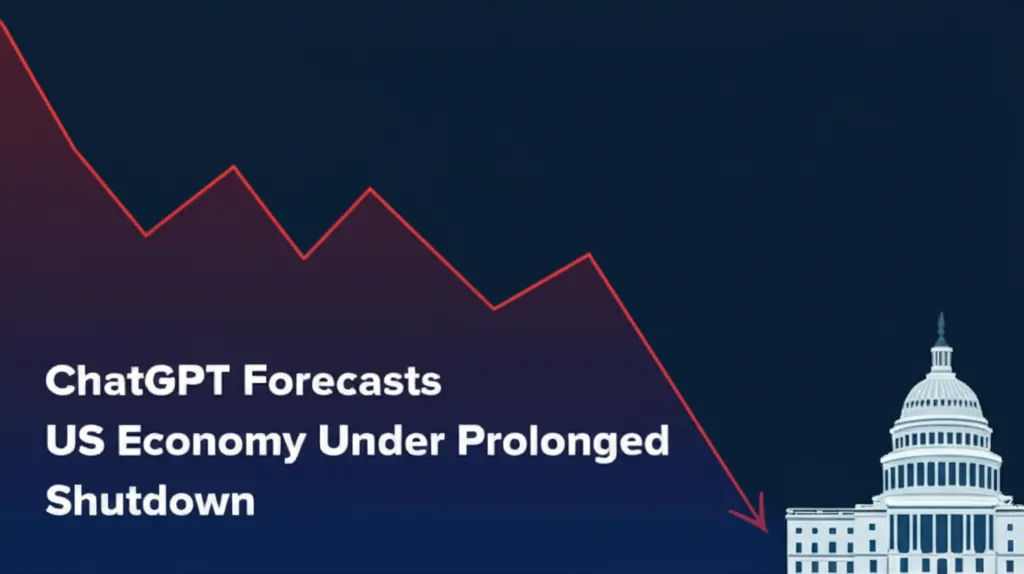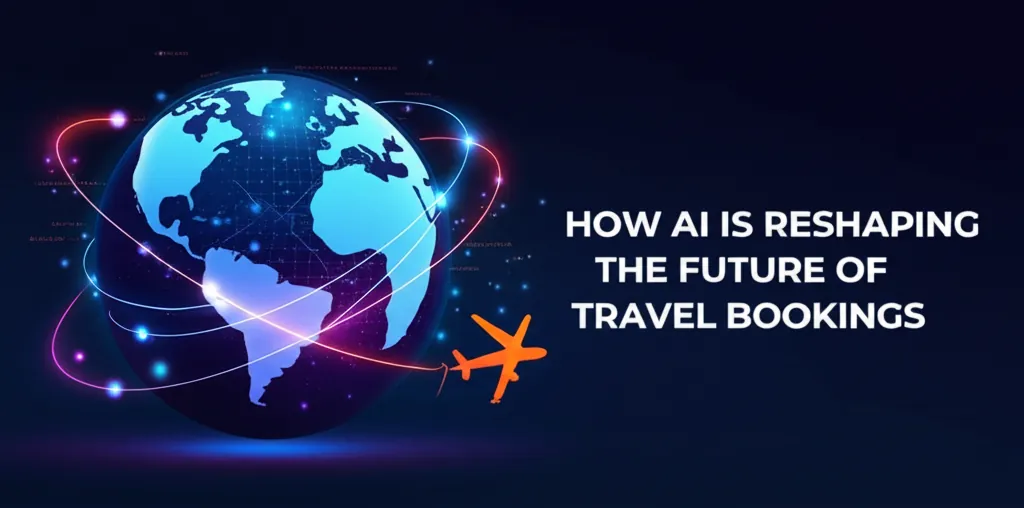Developer Offer
Try ImaginePro API with 50 Free Credits
Build and ship AI-powered visuals with Midjourney, Flux, and more — free credits refresh every month.
Why Your Brand Strategy Needs A Supervillain

If you have turned on a television recently, you have likely seen one of ChatGPT's new ads. As this campaign rolled out, I was struck by what a significant missed opportunity it was, and how this misstep highlights the need for a new strategic approach that all brands should consider.
ChatGPT's Failure of Ambition
Before diving into why ChatGPT's campaign misses the mark, it is important to understand their goal. Drawing inspiration from classic Google ads like Parisian Love, these ads show how ChatGPT can enhance daily life, from impressing a date to learning a pull-up. The campaign works hard to feel human, even shooting on 35mm film, to avoid seeming like the evil emperor of the next technological era. Their strategy seems to be simply getting more people to use AI, assuming they have already reached their "Kleenex moment" and just need to encourage more sneezing.
However, this is a massive missed opportunity. The leading brand in one of the most transformative technologies of our time failed to establish anything unique about itself, its technology, or our culture. This failure of ambition stems from a missing element in their strategy. To understand this new approach, let's look at the rapper MF DOOM.

The Supervillain Persona of MF DOOM
Before he was MF DOOM, Daniel Dumile had early success in music. But after personal tragedy and professional setbacks, he vanished. When he re-emerged, it was as the supervillain MF DOOM. He wore a metal mask to focus attention on his music, not his image, and embraced enigmatic anonymity over celebrity. With dense, unconventional rhymes, like rhyming the nine-syllable Icelandic word Eyjafjallajökull, DOOM became a cult hero—the villainous counterpart to the music industry's superficiality. He became the anti-hero.
Anthropic's Secret Weapon A Brand Villain
The story gets more interesting this year when MF DOOM's music was featured in a new Anthropic ad campaign. This move not only highlighted ChatGPT's missed opportunity but also showcased the essential ingredient for modern brand strategy: a villain.
Anthropic was founded by former OpenAI employees concerned about AI's potential dangers. Their brand purpose is to build "AI systems you can rely on." This is a noble goal, but had they stopped there, they might have been as forgettable as ChatGPT. Let's see how adding a villain changed the game.
First, we can break their purpose into a vision and mission:

This is good, but not sharp enough. Now, let's add a villain: "Slop," or low-quality, thoughtless AI-generated content.

This villain does more than guide product development. It defines Anthropic's core motivation: to be a thinking partner for people tackling big problems, not a tool to sloppily outsource thinking. This villain differentiates Anthropic not just to users, but also to potential employees.
A brand's villain isn't its biggest competitor. It's the dynamic in culture and consumers' lives that your brand must vanquish to achieve its mission.
A New Framework for Brand Strategy The Villain Triangle
Here is a new framework for brand strategy that incorporates this active ingredient:

A villain completes the strategic triangle, turning pleasing but passive aspirations into an actionable story. Here's how it worked for MF DOOM himself, courtesy of strategist and MC Joel Rodriguez.

Let's apply this to another example: Nike.

How a Villain Could Revitalize Nike
Nike's mission has been an industry standard for decades, but with its stock price falling 47% over the past five years, it's time to re-evaluate. Bringing "inspiration and innovation to every athlete in the world" is a noble goal, but its breadth lacks a sharp, animating focus.
Let's craft a vision statement to accompany their famous mission: A world where everyone with a body believes they can be an athlete.

This is where a villain comes into focus. The idea that "if you have a body, you're an athlete" is not universally believed. The villain Nike needs to vanquish isn't a competitor like Vuori; it's the limitations we put on ourselves.

Adding this villain makes Nike's mission powerful, not just positive. It provides a sharp focus. If Nike focused on vanquishing self-imposed limitations, it could give the Skims partnership a real purpose and inspire new innovations—perhaps even the next Strava, a platform that should have been created by Nike in the first place.
Find Your Brand's Captain Hook
Countless other brands could benefit from this approach. As Starbucks sees sales fall, a villain could help them re-invigorate their mission to "inspire and nurture the human spirit." As Whole Foods becomes more like an Amazon warehouse, a villain could give meaning to their purpose of "nourishing people and the planet" and help them compete with upstarts like erewhon.
The need for a villain was perfectly summarized by Vincent Furnier, who became the rock superstar Alice Cooper. He said, "Rock 'n' roll needed a villain... We had all these Peter Pans… no Captain Hook... I will gladly be that villain."
Every brand needs to identify its Captain Hook. Otherwise, you risk being a brand that never truly grows up.
The views expressed in this column are those of the author, John Greene – a frequent speaker and writer on branding, innovation and entrepreneurialism and adjunct professor at Northwestern University – and do not necessarily reflect the views of Brand Innovators.
Compare Plans & Pricing
Find the plan that matches your workload and unlock full access to ImaginePro.
| Plan | Price | Highlights |
|---|---|---|
| Standard | $8 / month |
|
| Premium | $20 / month |
|
Need custom terms? Talk to us to tailor credits, rate limits, or deployment options.
View All Pricing Details

